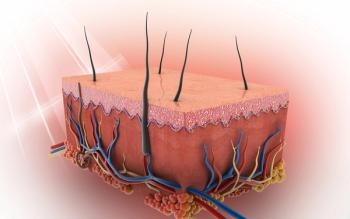
Flight Crews at Higher Risk for Melanoma
Pilots and cabin crews were found to have twice the incidence of melanoma and about 40% increased melanoma mortality compared with the general population.
Pilots and cabin crews were found to have twice the incidence of melanoma and about 40% increased melanoma mortality compared with the general population, according to the results of a meta-analysis and systematic review that looked at more than 250,000 participants.
Martina Sanlorenzo, MD, of Mount Zion Cancer Research Center, and colleagues hypothesized that this increased risk could be due to increase UVA radiation exposure.
“At 9,000 m, where most commercial aircraft fly, the UV level is approximately twice that of the ground,” the researchers
However, they also noted that the increased risk seen in the study could be due to biases in observational study design.
For the analysis, Sanlorenzo and colleagues looked at 19 studies that reported standardized incidence ratio (SIR), standardized mortality ratio (SMR) or data on expected or observed cases of melanoma or melanoma-specific death in any flight-based occupation. The studies included in the analysis were published between 1990 and 2013 and had more than 266,431 participants. Fifteen studies reported on pilots and four on cabin crew.
The researchers calculated the overall summary SIR for participants in these studies and found:
♦ Participants in any flight-based occupation: 2.21 (95% CI, 1.76-2.77; P < .001; 14 records).
♦ Pilots: 2.22 (95% CI, 1.67-2.93; P = .001; 12 records).
♦ Cabin crew: 2.09 (95% CI, 1.67-2.62; P = .45; 2 records).
Similarly, the calculated overall SMR for these populations were:
♦ Participants in any flight-based occupation: 1.42 (95% CI, 0.89-2.26; P = .002; 6 records).
♦ Pilots: 1.83 (95% CI, 1.27-2.63; P = .33; 4 records).
♦ Cabin crew: 0.90 (95% CI, 0.80-1.01; P = .97; 2 records).
The researchers noted that the study has several limitations in addition to its observational design. They were unable to adjust for confounders and different studies definitions of flight-based occupations varied-pilots, flight deck, cabin crew or airline crew-which likely affected the amount of time each participants actually spent in the air, and skin-type could not be accounted for.
Newsletter
Stay up to date on recent advances in the multidisciplinary approach to cancer.


















































































